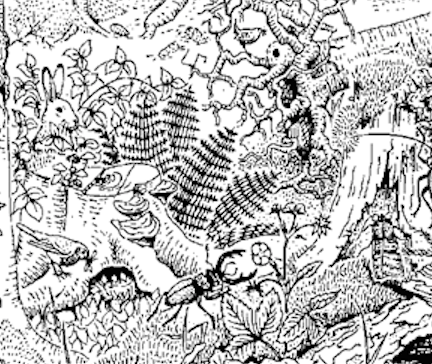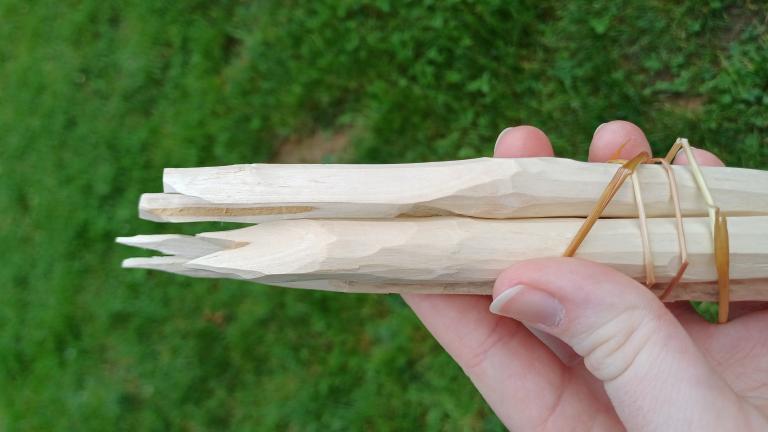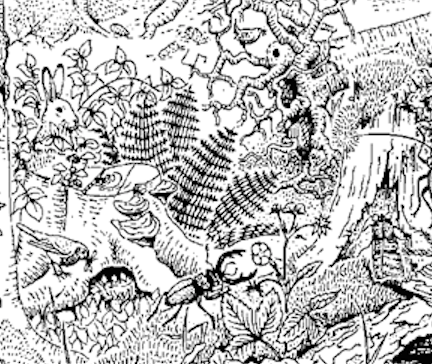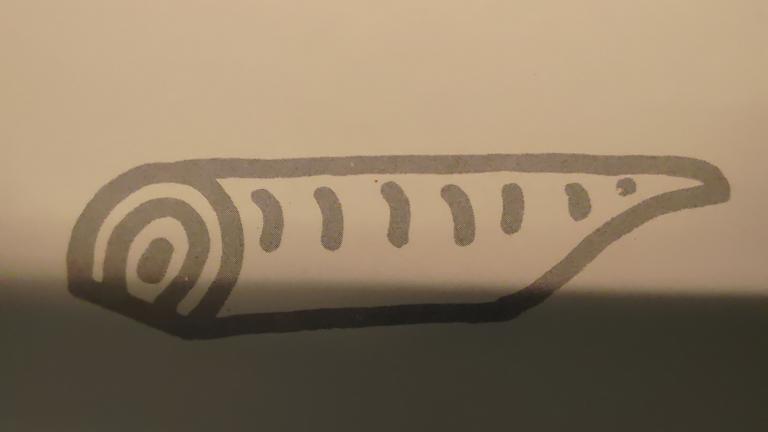The following suggestion goes beyond the actual forest day. We present here a frame story that takes place every day and that creates rather quiet, contemplative moments in the lively camp life.
Why a personal space in the woods?
The regular visit to a self-chosen place always opens up new experiences and adventures. Over time, a firm and individual relationship develops with this special place in nature. This seems to us to be something very fundamental in view of the lack of relationship of mankind towards nature that can be observed today.
Proceedings
Each group sets up a "group room" in the forest. This is a place that is visited every day. Using forest materials, each group member creates a comfortable seat for themselves. It is also possible to build a circular "forest sofa" together, on which everyone can sit. Anything can now happen in this "group room", the time - about fifteen minutes - is reserved exclusively for the needs of the group.
Based on the group place, each group member looks for a personal place in the forest himself, which he likes and where he is comfortable. After the "group session", this place is also visited daily for about fifteen minutes.
It is important that the children know when they should return. Either a specific time is set with each other, or the group leader calls the children back with a "forest xylophone". (Forest xylophone = place two logs on the ground about 40-50 cm apart and arrange a row of other logs across them in the manner of a xylophone. Strike the timbers with a thick branch to make them sound. (If the timbers come from a beige, they belong back there after use too!)
At the end of the camp, we say goodbye to our personal space the group space is cleaned up and the tracks are covered as completely as possible.
Notes
The instructions for finding this space should be as simple as possible. Example: "Find a place in the forest where you like it and where you want to stay for a while. This place should be your place in the forest and you will be able to visit it every day After each day's visit, we will meet again in the "group room". There is no need to specify how you should behave in this place and what you will do there. This is completely up to the children to decide.
If the need is there, after each visit to the personal place, it can be shared in the group what all happened, what was done, seen and heard.
It is important to build the whole thing up as a kind of ritual, so that the daily visit to the forest place is a natural part of camp life.
Source reference:
Content: Klemens Niederberger with the collaboration of CH WALDWOCHEN in den Schweiz. Children's and Youth Associations, 1990?
Patronage:
- Federal Councillor Flavio Cotti, FDHA
- Forestry Directors' Conference (FDK)
- Education Directors' Conference (EDK)
Promoters:
- Schweiz. Zentrum f. Umwelterziehung (SZU)
- World Wildlife Fund (WWF)
- Schweiz. Bund f. Naturschutz (SBN)
- Bundesamt f. Umwelt, Wald und Landschaft (BUWAL)
- Eid. Research Institute for Forests, Snow and Landscape (WSL)
- Forestry Central Office (FZ)
- Swiss Foresters Association (VSF/ASF)
- Swiss Forestry Association (FZ). Foresters (VSF/ASF)
- Schweiz. Arbeitsgemeinschaft der Jugendverbände (SAJV)
- Dachverband Lehrer und Lehrerinnen Schweiz (LCH)
- Forum schweiz. Elternorganisationen (FSEO)
copyright: CH Forest Weeks, Zofingen
Photos: Klemens Niederberger, Peter Frey, Philippe Pomont and others
Content may be automatically translated. Help improve the quality of the translation with your editing!




